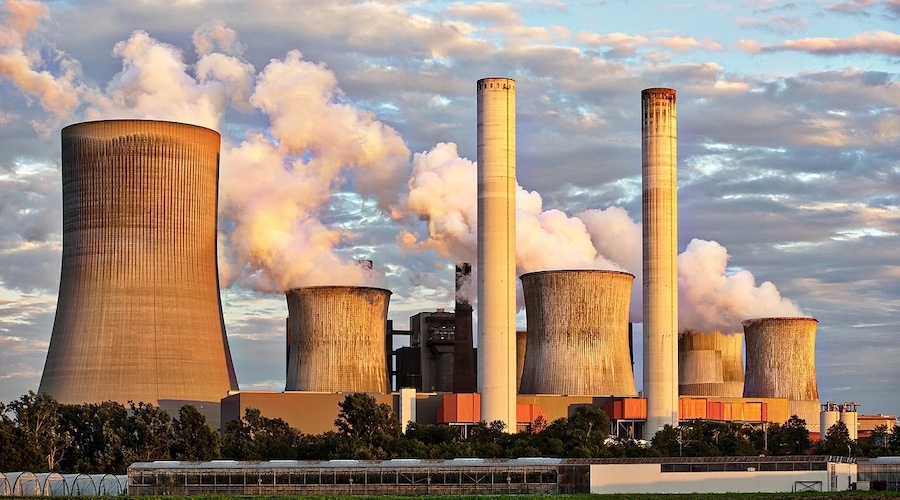The use of alumina-based nanogold catalysts is becoming increasingly popular due to their high activities in various applications. One such application includes the use of these catalysts in gas masks for CO oxidation. The EN 403 standard ensures that gas masks are effective in protecting workers from harmful gases.

The proprietary catalyst, consisting of Au nanoparticles on a modified ferrite alumina support material, successfully satisfies the EN 403 standard for gas masks, allowing for the safe removal of CO from air. This catalyst can convert 1.0 vol. % CO in the temperature range of 248 to 258 K, and it remains stable for up to 500 hours at room temperature in a feed of 1.0 vol. % CO in air with a space velocity of 15900 h-1.
Furthermore, this catalyst remains stable even after direct exposure to air for two months and can be stored for more than seven years in a desiccator. Due to its stability and effectiveness, alumina-based nanogold catalysts are rapidly becoming the catalysts of choice in various gas mask applications.
Moreover, alumina-based nanogold catalysts find another significant application in CO2 lasers. These lasers are widely used in industries such as metalworking, textiles, and rubber to create precise cuts and engravings. However, the combustion of hydrocarbon gases can lead to the production of CO, which is extremely poisonous and can cause severe health hazards.
The use of alumina-based nanogold catalysts can effectively prevent the production of CO in CO2 lasers, allowing for the safe and efficient operation of the machines. This catalyst is prepared by a deposition-precipitation method, where Au nanoparticles are deposited on an alumina support material that is modified by ferrite.
This catalyst remains stable and active even in the high-temperature environment of CO2 lasers, making it the catalyst of choice for CO removal in these machines. The use of this catalyst allows for the safe and efficient operation of CO2 lasers by ensuring that workers are protected from harmful gases.
To summarize, the use of alumina-based nanogold catalysts is becoming increasingly popular due to their high activities in various applications. Their use in gas masks for CO oxidation and CO2 lasers for CO removal suggests a promising future for the application of these catalysts in various industries.
If you're in the market for a máy cắt Laser co2 100w, you should consider investing in a machine that uses alumina-based nanogold catalysts to remove CO. This will not only ensure the safety of your workers but will also increase the efficiency of your machine.